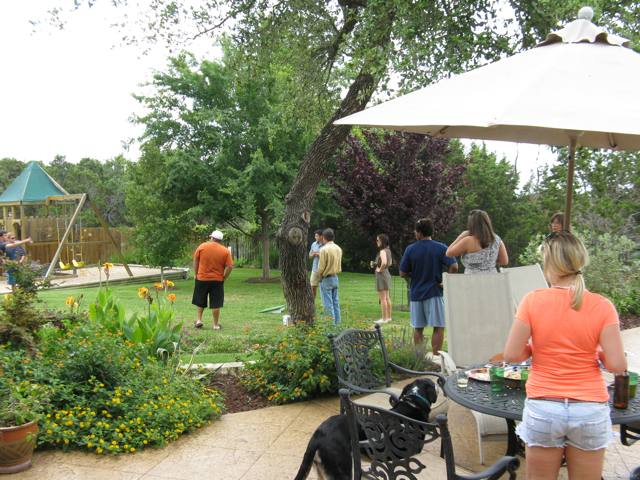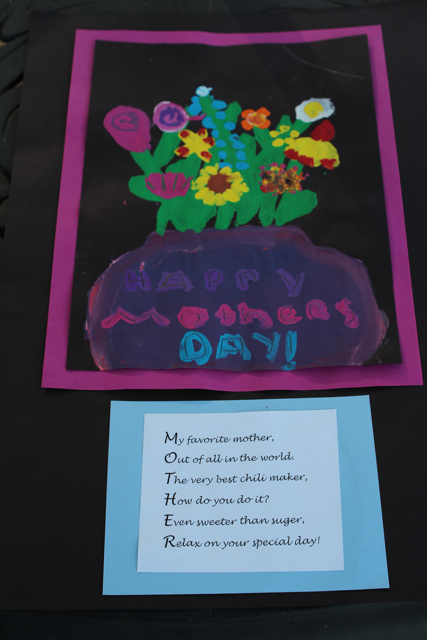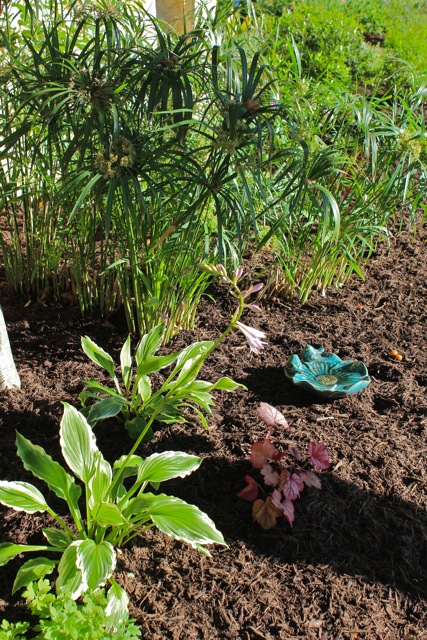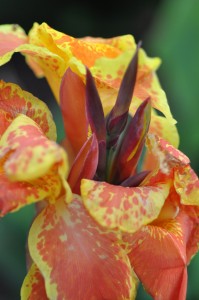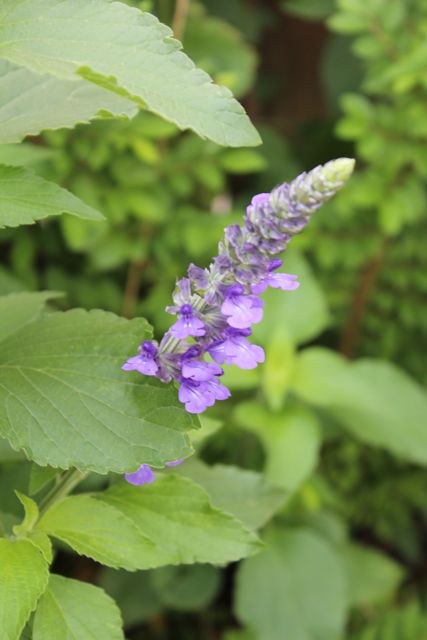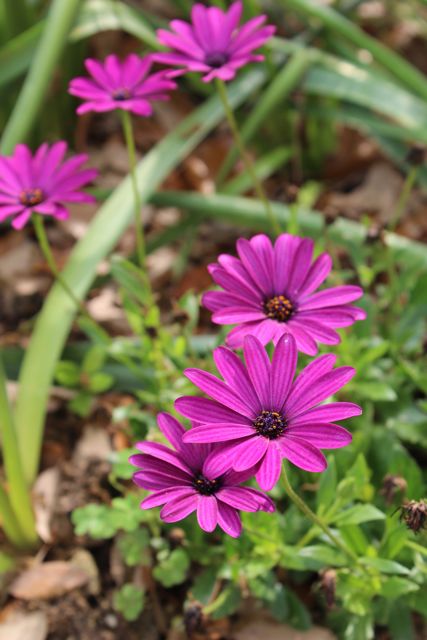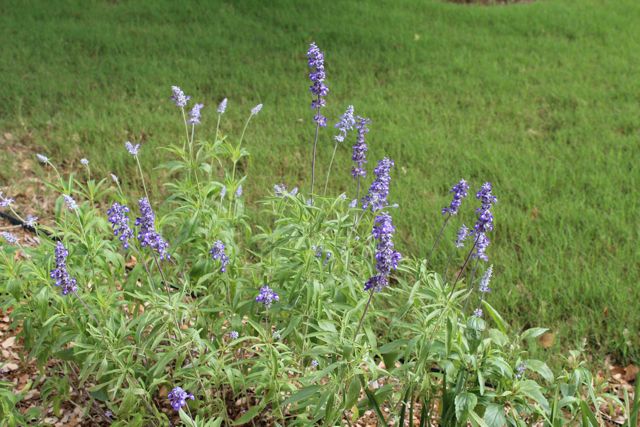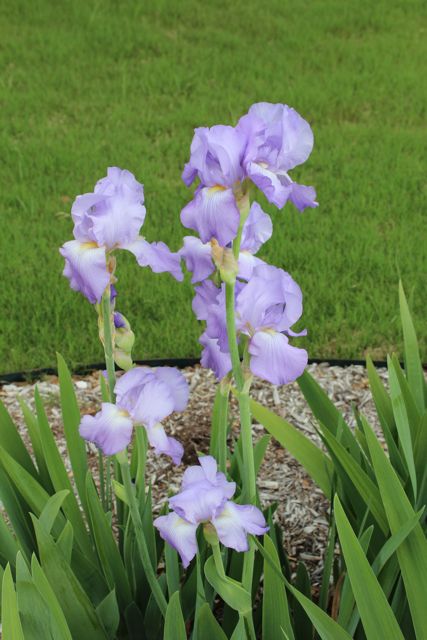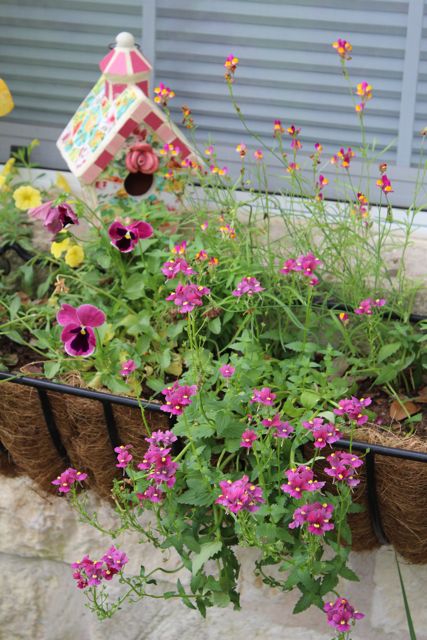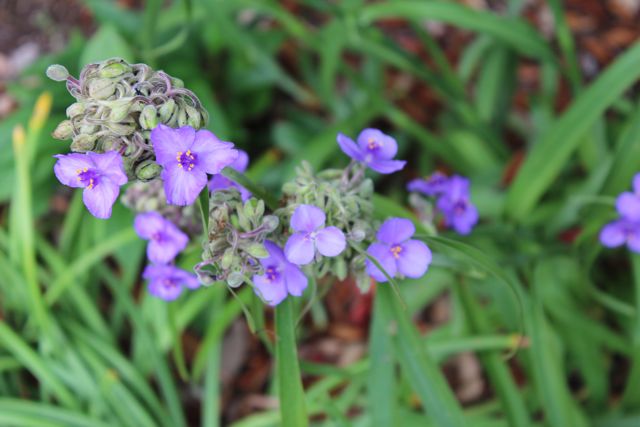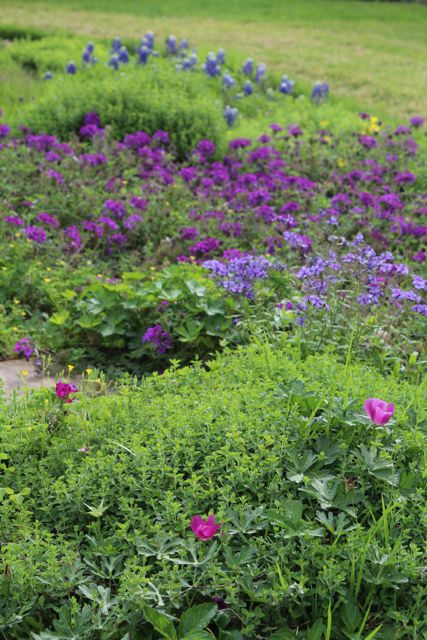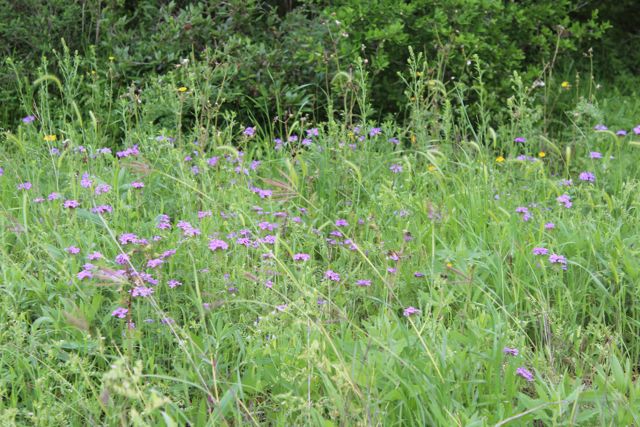Mother’s Day Flowers – in and out of the garden
Happy Mother’s Day.
It’s been a great Mother’s Day weekend for me.
First, my son graduated from college yesterday with two degrees and we spent the afternoon and evening celebrating with lots of family and friends in our garden.
Then today, my daughter presented me with her hand-painted poster of hand-painted Texas wildflowers, all created with meticulous detail.
How wonderful that the garden is the gathering place and inspiration for sharing love in our family.
I feel very blessed.
Can you name the wildflowers and 2 cutting flowers in the painting above? Let’s see how many you can identify!
Hope your Mother’s Day was as special as mine.
Have a wonderful week.



